Category: Fuel Cells
-
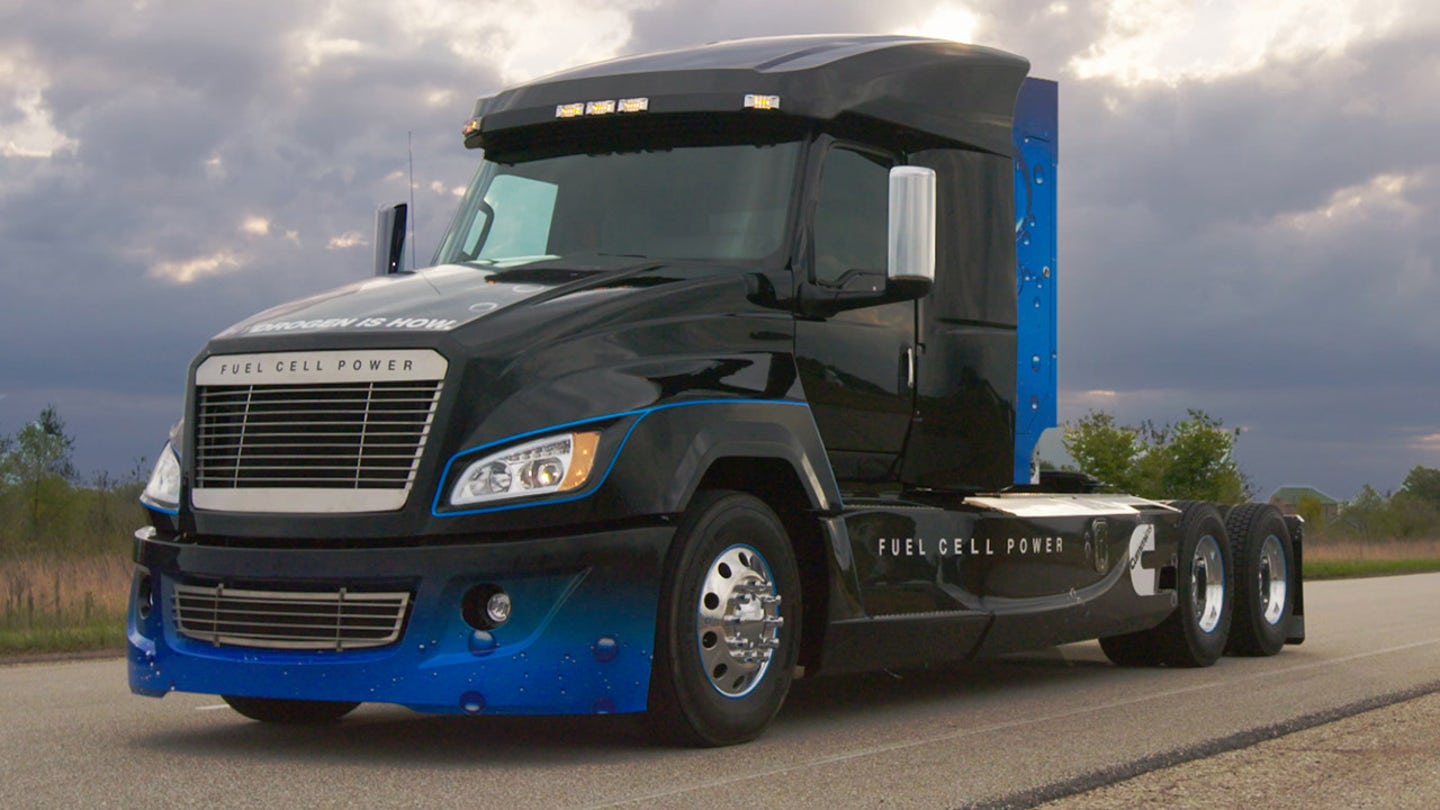
Air Products and Cummins to Accelerate Development and Deployment of Hydrogen Fuel Cell Trucks
Air Products, a world leader in the supply and transport of hydrogen, and Cummins Inc., a global power and hydrogen technologies leader, jointly announce the signing of a memorandum of understanding (MOU) to work together to accelerate the
-
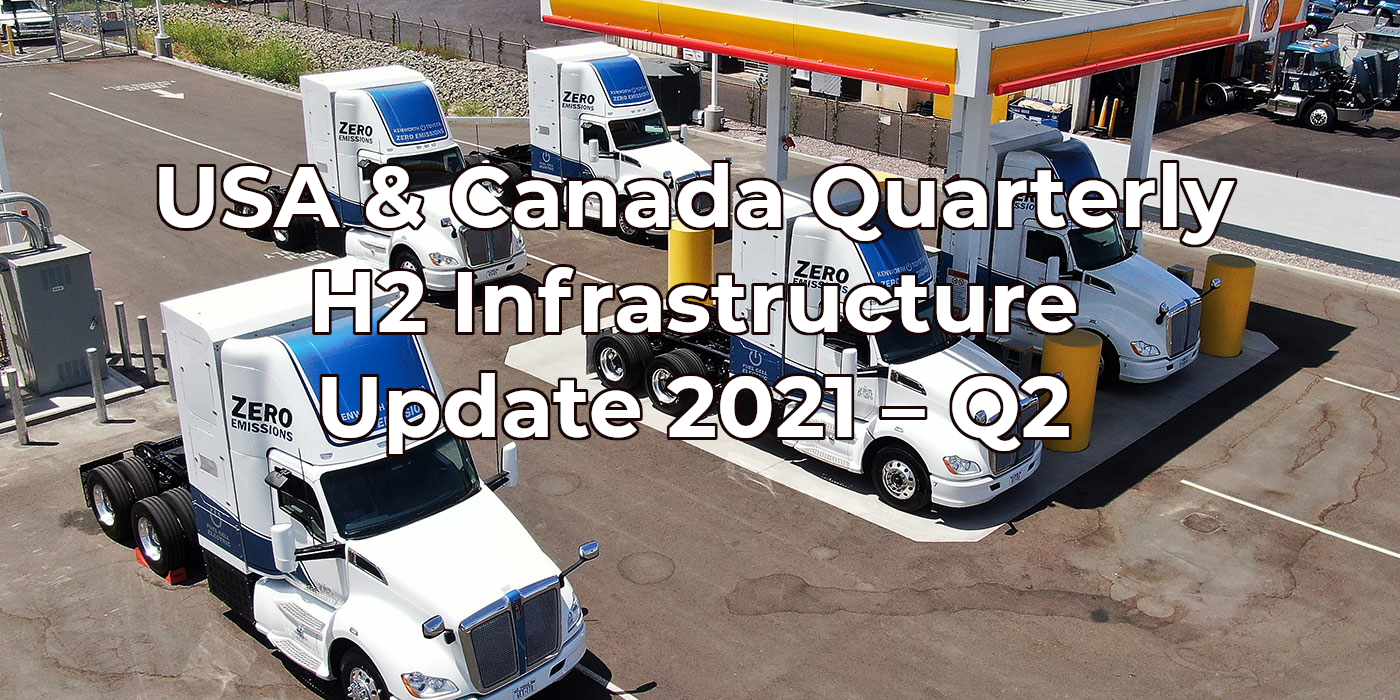
USA & CANADA QUARTERLY H2 INFRASTRUCTURE UPDATE 2021-Q2
Welcome new readers of RMP’s quarterly H2 infrastructure report. Each quarter we look back on the major stories related to hydrogen infrastructure advancements and we compare the current AFDC database to the AFDC database in the prior quarter to see what has changed. The AFDC database is updated by the US Dept of Energy &…
-

Mitsubishi Power Americas & Texas Brine Company Agree To Develop Long Duration Hydrogen Storage
LAKE MARY, Fla. (May 12, 2021) – Mitsubishi Power Americas, Inc., and Texas Brine Company, LLC have signed an agreement to develop large-scale long-duration hydrogen storage solutions to support decarbonization efforts across the eastern United States. Long-duration hydrogen storage is a
-
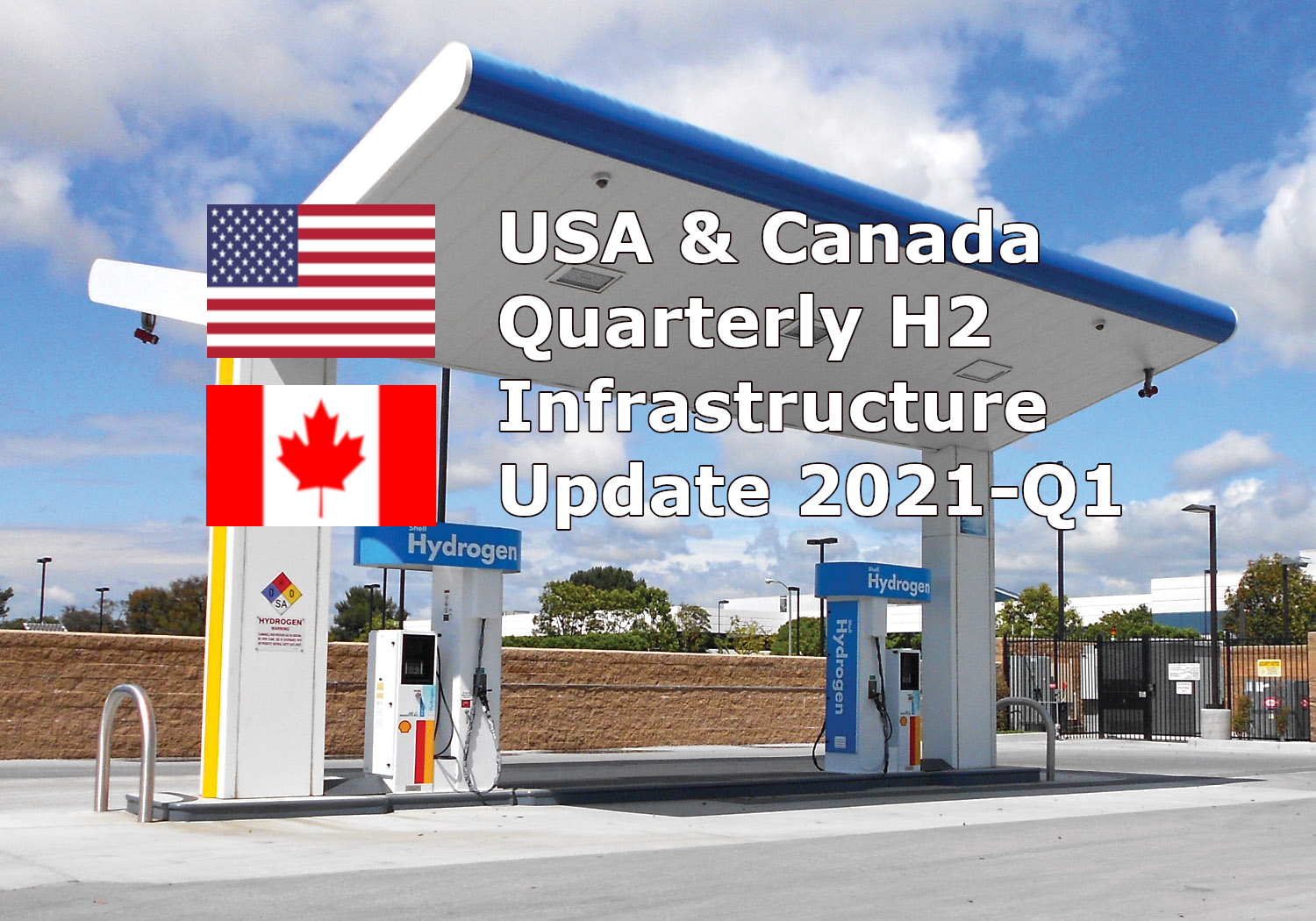
USA & CANADA QUARTERLY H2 INFRASTRUCTURE UPDATE 2021-Q1
Welcome new readers of RMP’s quarterly H2 infrastructure report. Each quarter we look back on the major stories related to hydrogen infrastructure advancements and we compare the current AFDC database to the AFDC database in the prior quarter to see what has changed. The AFDC database is updated by the US Dept of Energy &…
-
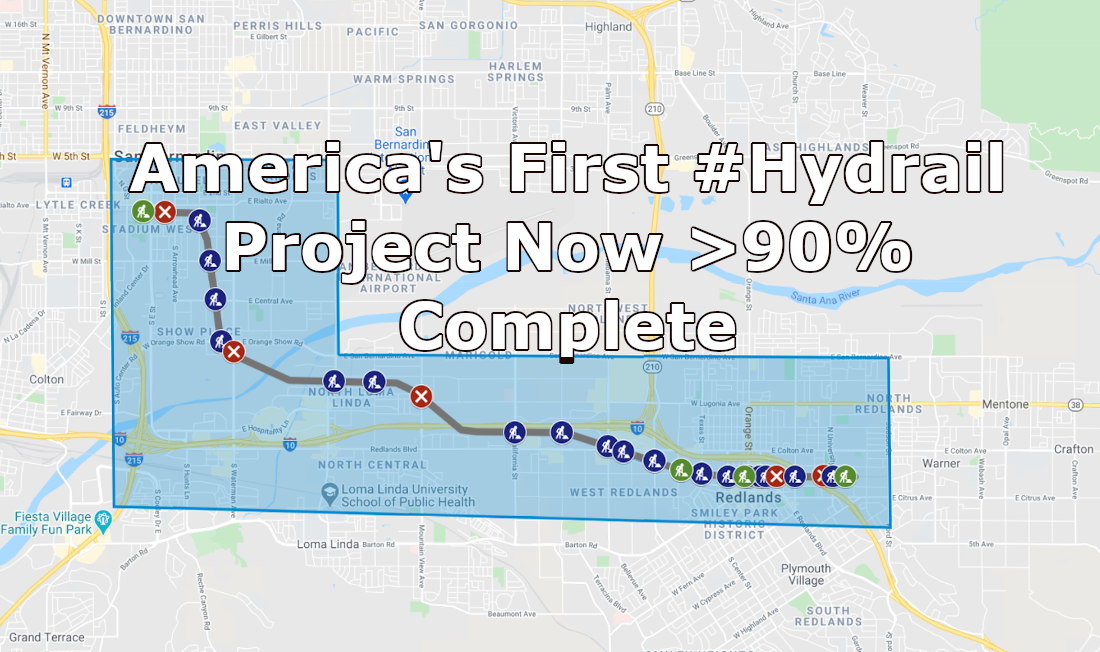
Redlands Passenger Rail Project Update – America’s 1st Hydrail >90% Complete
Construction on the 9-mile Arrow corridor almost 90% complete and bridge construction almost 100% complete. Crews continue working on setting the rail along the corridor; installing signals including cabling at the grade crossings; paving and reconstructing curbs, gutter, and sidewalks; installing perimeter fencing along the corridor where needed; completing the installation of underground utilities and…
-
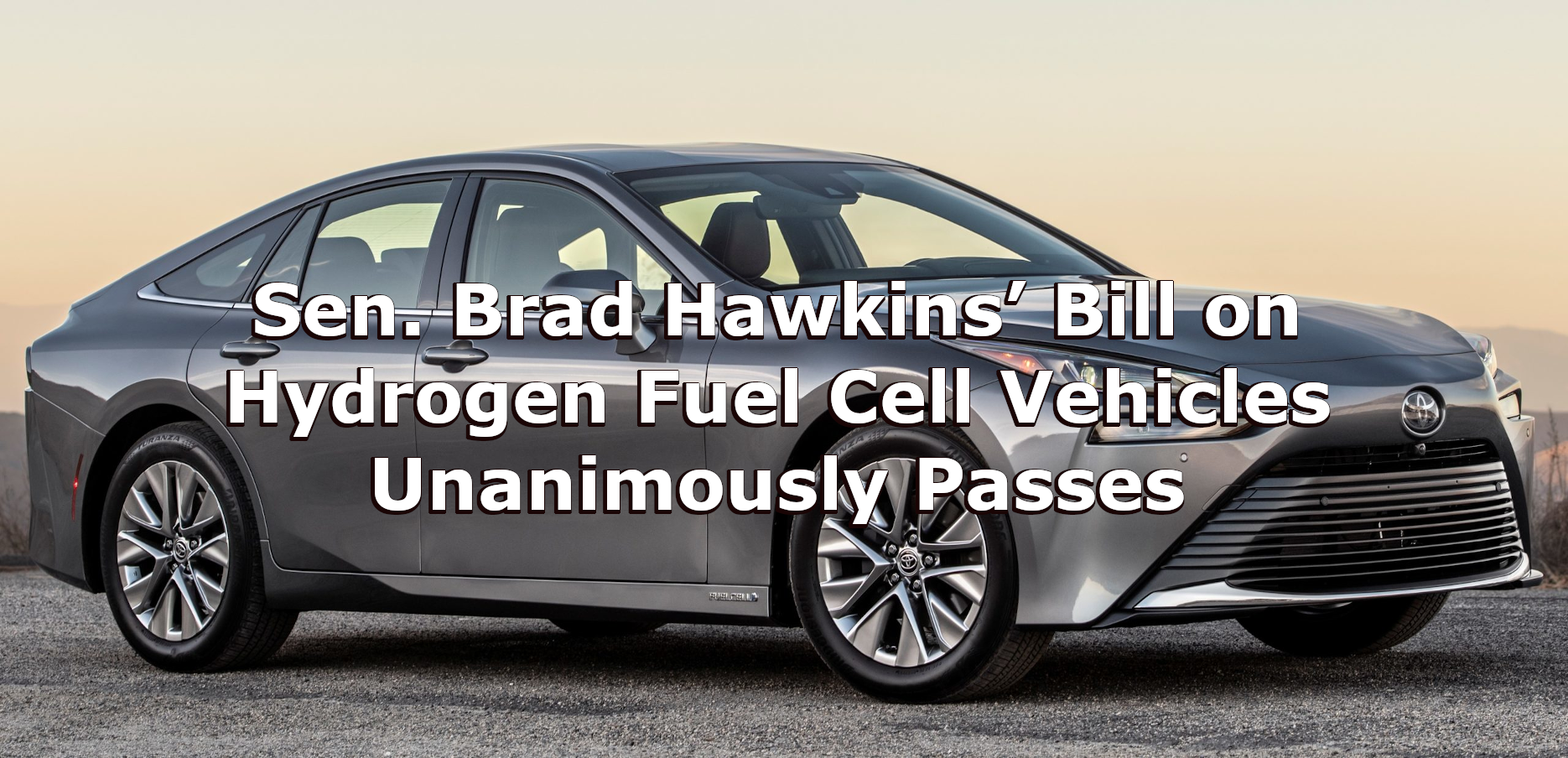
Sen. Brad Hawkins’ Bill on Hydrogen Fuel Cell Vehicles Unanimously Passes
Sen. Brad Hawkins’ bill to promote hydrogen-powered vehicles has cleared a major hurdle. The Senate today voted 49-0 to approve Senate Bill 5000, which would establish an eight-year statewide pilot project for the reduction of sales tax on purchases of fuel-cell electric vehicles. “I’m pleased to see such strong support from my Senate colleagues for this…
-
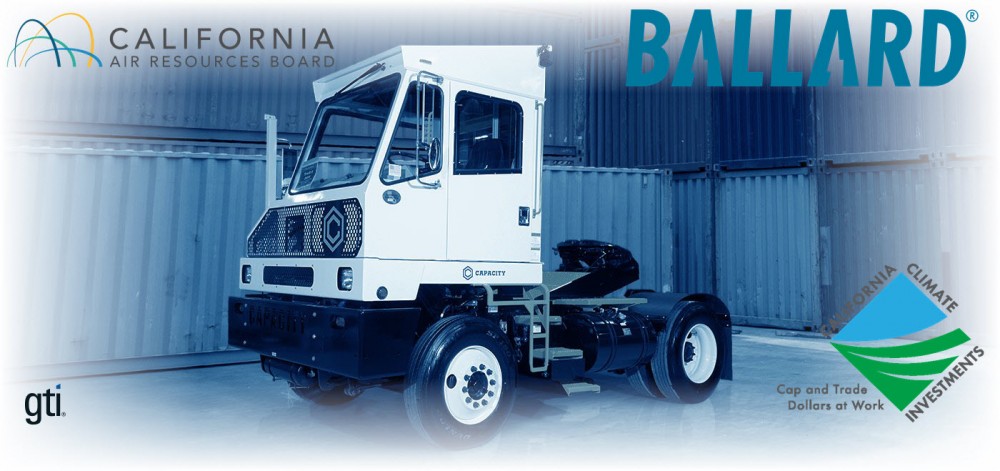
GTI Preparing to Launch First-of-a-Kind Pilot with Fuel Cell Yard Trucks
Performance verification is nearing completion on new zero-emissions fuel cell-electric terminal tractors, and a first-of a kind pilot project is preparing to launch. For 16 months, GTI and partners have been designing and assembling the tractors in a project called Zero Emissions for California Ports (ZECAP) that will assess vehicle operation in a demanding, real-world…
-
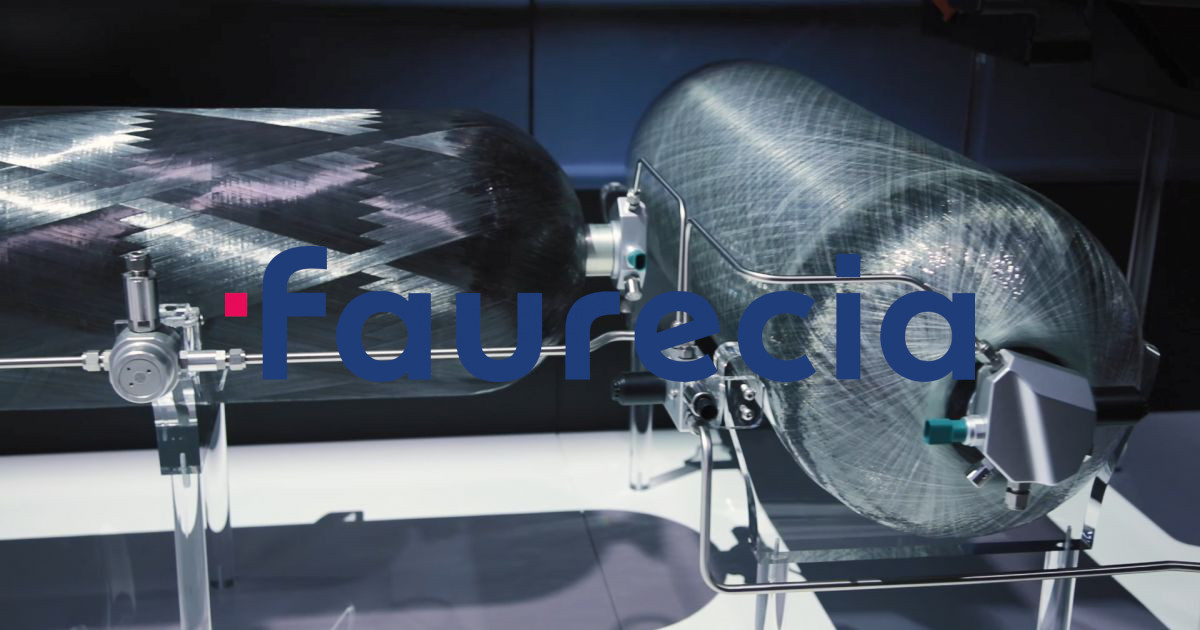
FAURECIA ACCELERATES ITS ZERO EMISSIONS HYDROGEN STRATEGY IN CHINA
Faurecia, one of the world’s leading automotive technology companies, announced today that it has acquired a majority of CLD, one of China’s largest high-pressure tank manufacturers. The transaction will be completed once regulatory approvals are obtained in China. Faurecia and CLD will develop and manufacture homologated type III and IV hydrogen storage tanks for the…
-
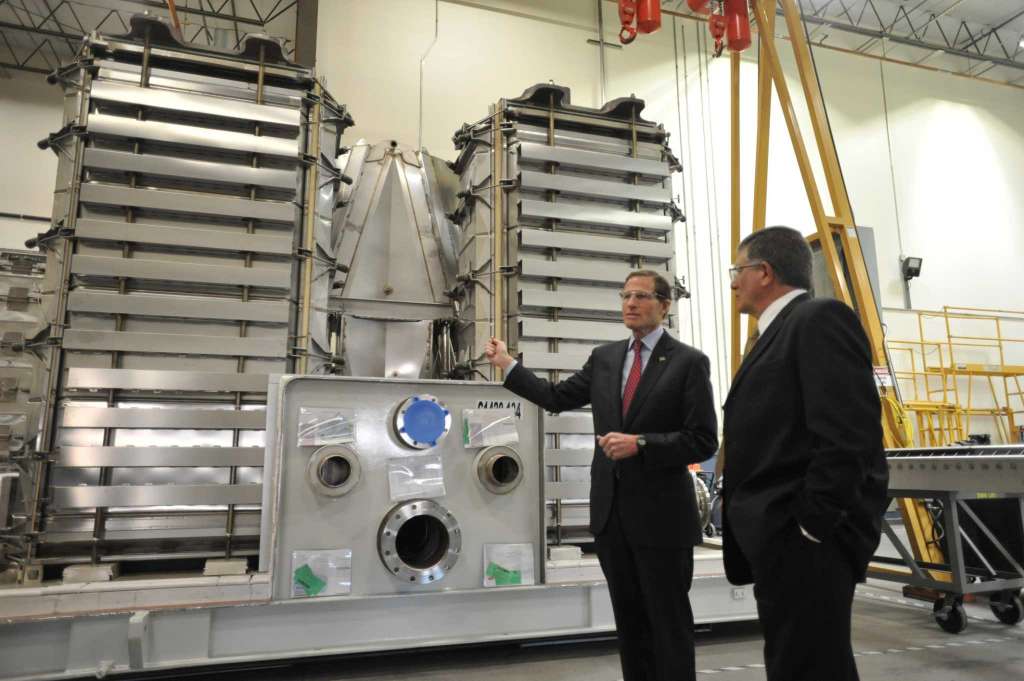
Biden Administration Initiates Energy Effort to Create American Jobs Including Zero Carbon Hydrogen
Today, the Biden-Harris Administration is initiating an ambitious innovation effort to create American jobs while tackling the climate crisis, which includes the launch of a new research working group, an outline of the Administration’s innovation agenda, and a new $100 million funding opportunity from the U.S. Department of Energy to support transformational low-carbon energy technologies.…
-
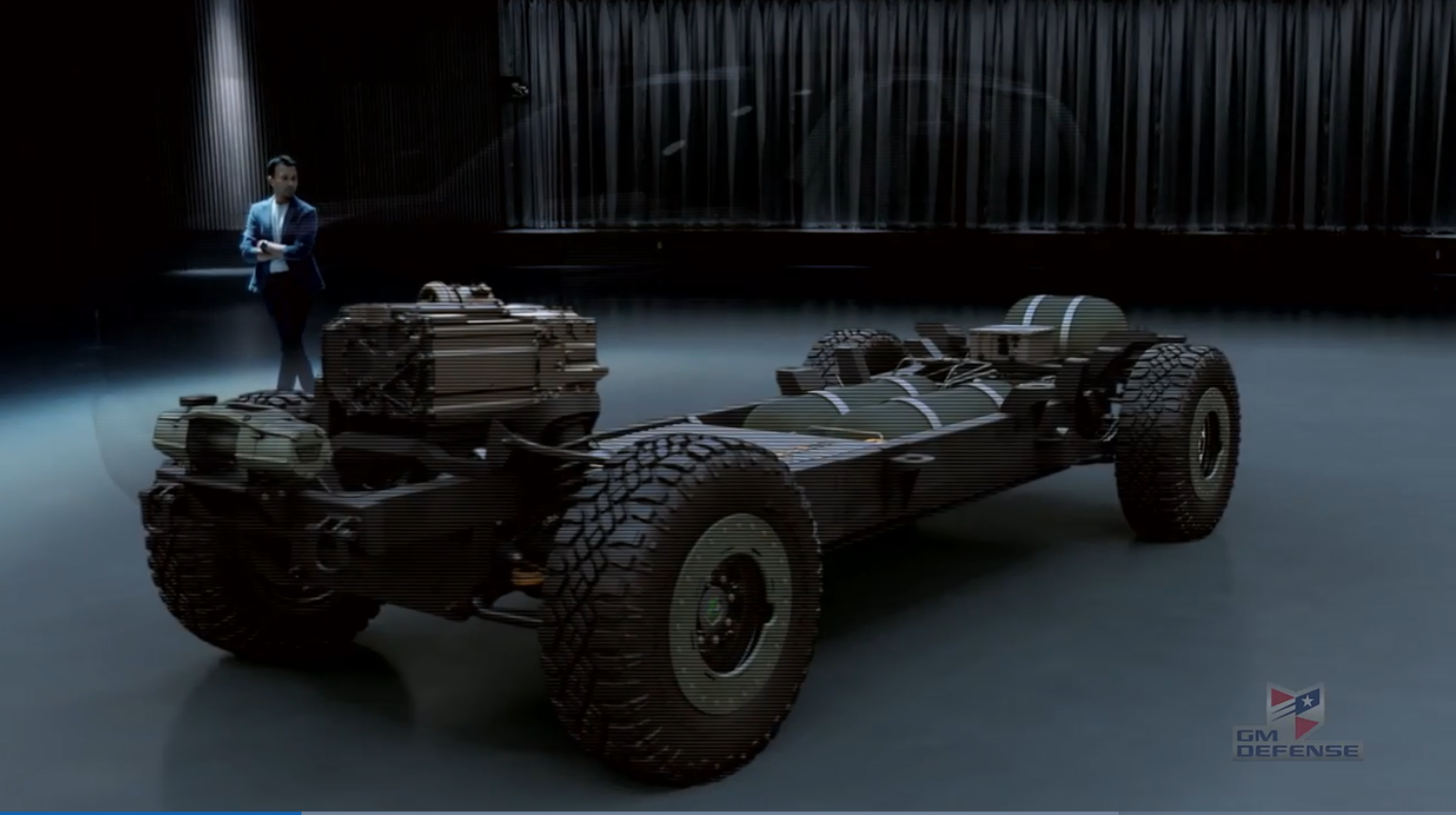
Committee Passes Hawkins Bill Promoting Hydrogen FCEVs
Sen. Brad Hawkins’ proposal to promote hydrogen-powered vehicles, the first Senate bill of the 2021 legislative session, is now also among the first measures to be approved by a Senate committee. The Senate Environment, Energy and Technology Committee on Thursday approved Senate Bill 5000, which would establish an eight-year statewide pilot project for the reduction of sales tax…
-

Sunnyvale Hydrogen Station Opens
The Sunnyvale True Zero station, located in Silicon Valley, was developed by FirstElement Fuel. It will be open 24 hours a day and is located at 1296 Sunnyvale Saratoga Road, Sunnyvale, CA 94087. The price of hydrogen is $13.08 per kilogram. The Sunnyvale hydrogen station capacity is 1,600 kilograms and has four fueling positions with…
-
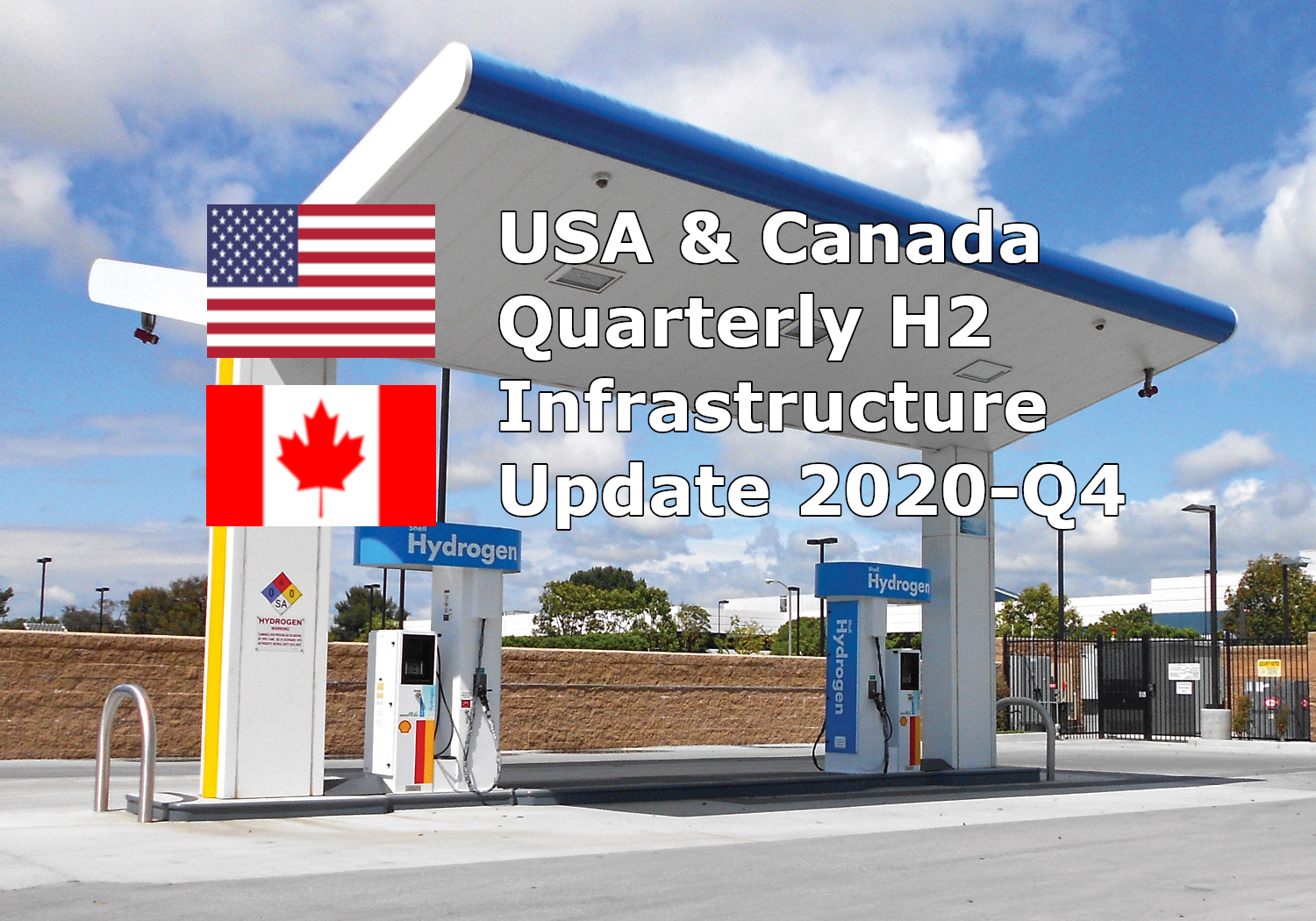
USA & CANADA QUARTERLY H2 INFRASTRUCTURE UPDATE 2020-Q4
RMP’s quarterly H2 infrastructure report this Q is all about liquid hydrogen. How did Hurricane Zeta in New Orleans impact FCEV drivers in California? And why are LH2 supply disruptions less likely to occur again in California? How many FCEVs are really registered on California roads & in what counties? RMP has the scoop. Click…